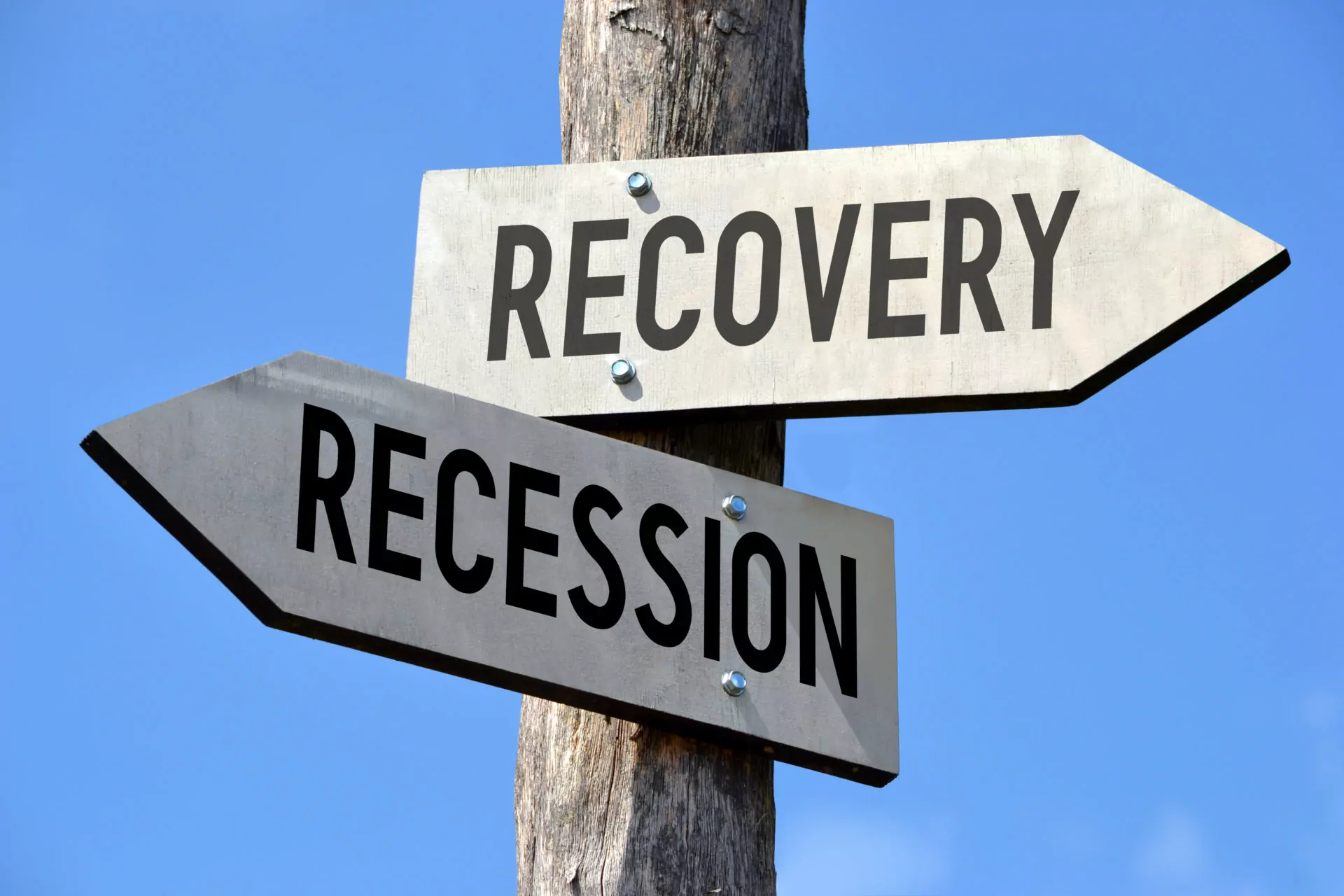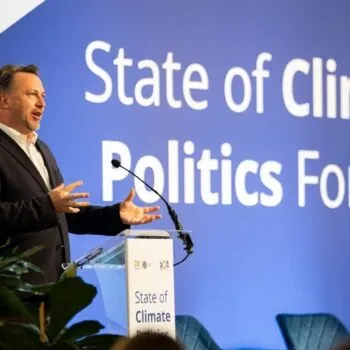There are several uncomfortable truths that have to be said about the economic depression we are entering and the challenge of “rebuilding better” as part of the global recovery. Freezing large parts of the global economy to control the spread of the COVID-19 pandemic means the world now appears to be falling into a global economic depression on a scale not seen since the 1930s.
The pandemic shows we were fragile together. It shows we could now stagnate together or instead recover together. It really demonstrates our global interdependence – positively and negatively.
What are our options?
We have two options. Each country could go it alone. In other words, we could try what failed in the 1930s. Or we could try what succeeded after the Second World War. That is, collective action around a Marshall Plan followed by large-scale development aid and removal of unnecessary international trade barriers. This catalyzed decades of growth and rising incomes in the developed and developing world.
Countries who are better off could help countries who are less well off, out of enlightened self-interest. Then we can become thriving markets for each other again, as well as sources of commodities, investments and travel destinations. Plus jobs could be created for people who otherwise might become involuntary migrants or refugees.
In short, we can choose a world of instability and conflict, or one of recovery, declining poverty, growing productivity, and shared prosperity. We can either weaken our alliances for collective action, or we can strengthen them in a time of great mutual need.
Choices around climate
We can also choose a world that locks-in outmoded technologies with high carbon emissions by focusing fiscal stimulus programs on those. Or we can choose a world that accelerates the deployment of disruptive and ultimately more productive clean technologies.
In that way, we can tackle climate change and maximize the speed of recovery at the same time. We can avert the impending climate crisis by using the historic opportunity of the post-COVID-19 economic recovery.
This choice is in striking contrast to the one that presented itself in the recovery from the 2008 global financial crisis. At that time, clean technologies were generally more expensive than high-carbon ones, so addressing climate change would supposedly have involved slower growth and fewer jobs. This trade-off is no longer the case, because in the interim many clean technologies have been on a downward cost path.
But here’s the challenge: the upfront capital costs of those clean technologies need to be financed. And this financing needs to happen at a time of economic depression. Private capital will not be abundant in developing countries, facing high levels of macroeconomic risk, and public capital generally will be in short supply too, given extreme fiscal pressure and growing debt distress.
What should we do?
Now is the time to embrace collective solutions, just as it was after World War Two when the Marshall Plan, GATT (the forerunner of the WTO), the IMF, World Bank, UN and other multilateral agencies were created. More specifically:
Developing Countries should:
- Increase their level of climate change ambition as a key part of their economic recovery plans. This should be reflected in climate policies and projects in updated Nationally Determined Contributions (NDCs), and if they wish, by making a high level of ambition depend on the availability of adequate concessional finance.
Developed Countries should:
- Increase their bilateral aid allocations on a countercyclical basis to stimulate the global recovery in a mutually-interdependent world.
- Adequately capitalise multilateral development banks and multilateral funds (such as IDA, Green Climate Fund, and Climate Investment Funds) to play a recovery stimulus role commensurate with need and with adequate regard to avoiding unsustainable debt in developing countries.
- Reach the commitment made in the Paris Agreement that US$100 billion/year should flow to developing countries starting in 2020.
Multilateral Development Banks should:
- Monitor the prospects for global recovery closely. Along with continuously updating projected financing gaps for developing countries rebuilding better and seeking adequate capitalisation/replenishment to help fill those gaps.
- Recommit to utilizing climate funds to support truly transformational policies and investments to rebuild better.
This is the approach to addressing the climate crisis that should be high on the agenda of the following high stakes meetings:
- Development Committee of Finance Ministers (October 2020);
- Finance in Common Summit (November 2020);
- forthcoming G7/G20 meetings; and
- meetings leading up to the COP26 climate conference (November 2021).
This approach will require historic vision and leadership. As of now, this is only a rhetorical agenda in the international community, and much needs still to happen in reality.



